Foundation Year
The English curriculum is built around the three interrelated strands of language, literature and literacy. Teaching and learning programs should balance and integrate all three strands. Together, the three strands focus on developing students' knowledge, understanding and skills in listening, reading, viewing, speaking, writing and creating. Learning in English builds on concepts, skills and processes developed in earlier years, and teachers will develop and strengthen these as needed.
In the Foundation year, students communicate with peers, teachers, known adults and students from other classes.
Students engage with a variety of texts for enjoyment. They listen to, read and view spoken, written and multimodal texts in which the primary purpose is to entertain, as well as some texts designed to inform. These include traditional oral texts, picture books, various types of stories, rhyming verse, poetry, non-fiction, film, multimodal texts and dramatic performances. They participate in shared reading, viewing and storytelling using a range of literary texts, and recognise the entertaining nature of literature.
The range of literary texts for Foundation to Year 10 comprises Australian literature, including the oral narrative traditions of Aboriginal and Torres Strait Islander Peoples, as well as the contemporary literature of these two cultural groups, and classic and contemporary world literature, including texts from and about Asia. Literary texts that support and extend Foundation students as beginner readers include decodable and predictable texts that range from caption books to books with one or more sentences per page. These texts involve straightforward sequences of events and everyday happenings with recognisable, realistic or imaginary characters. Informative texts present a small amount of new content about familiar topics of interest; a small range of language features, including simple and compound sentences; mostly familiar vocabulary, known, high-frequency words and single-syllable words that can be decoded phonically, and illustrations that strongly support the printed text.
Students create a range of imaginative, informative and persuasive texts including pictorial representations, short statements, performances, recounts and poetry.
(source: www.australiancurriculum.edu.au)
Achievement Standard
Receptive modes (listening, reading and viewing)
By the end of the Foundation year, students use predicting and questioning strategies to make meaning from texts. They recall one or two events from texts with familiar topics. They understand that there are different types of texts and that these can have similar characteristics. They identify connections between texts and their personal experience.
They read short, decodable and predictable texts with familiar vocabulary and supportive images, drawing on their developing knowledge of concepts of print, sounds and letters and decoding and self-monitoring strategies. They recognise the letters of the English alphabet, in upper and lower case and know and use the most common sounds represented by most letters. They read high-frequency words and blend sounds orally to read consonant-vowel-consonant words. They use appropriate interaction skills to listen and respond to others in a familiar environment. They listen for rhyme, letter patterns and sounds in words.
Productive modes (speaking, writing and creating)
Students understand that their texts can reflect their own experiences. They identify and describe likes and dislikes about familiar texts, objects, characters and events.
In informal group and whole class settings, students communicate clearly. They retell events and experiences with peers and known adults. They identify and use rhyme, and orally blend and segment sounds in words. When writing, students use familiar words and phrases and images to convey ideas. Their writing shows evidence of letter and sound knowledge, beginning writing behaviours and experimentation with capital letters and full stops. They correctly form known upper- and lower-case letters.
(source: www.australiancurriculum.edu.au)
- Plus Plan
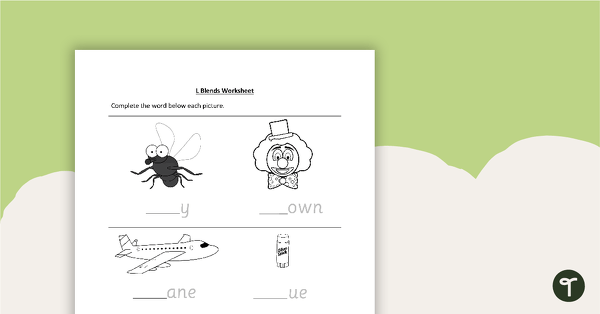
L Blends Worksheet
A worksheet consolidating the initial L blend sound.
- Plus Plan
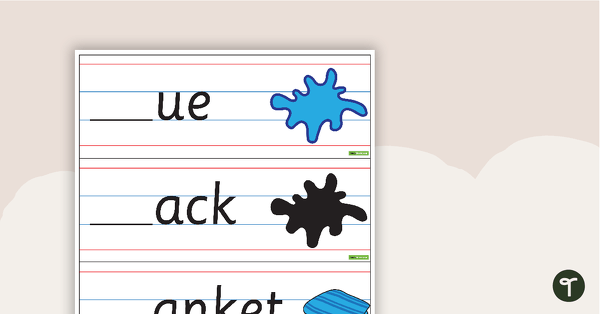
Initial L Blend Cards
A resource to help students identify the L blend at the beginning of a word.
- Plus Plan
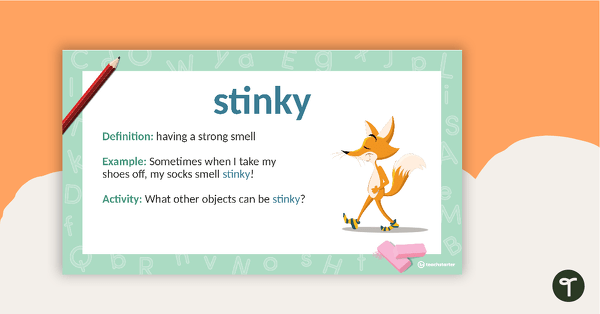
Word of the Week PowerPoint - Foundation
A 40 slide PowerPoint Template for introducing new vocabulary to foundation students.
- Plus Plan
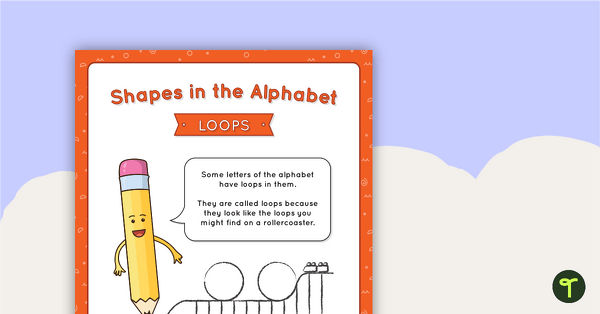
Shapes in the Alphabet Posters
A set of 4 posters explaining the shapes found in the letters of the alphabet.
- Plus Plan
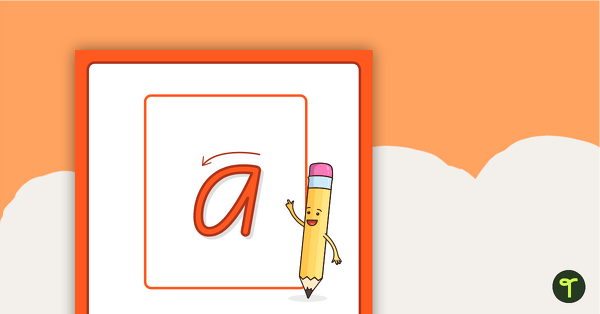
Letter Formation Alphabet Posters (With Instructions)
A set of letter formation alphabet posters, with simple instructions, to display in the classroom.
- Plus Plan
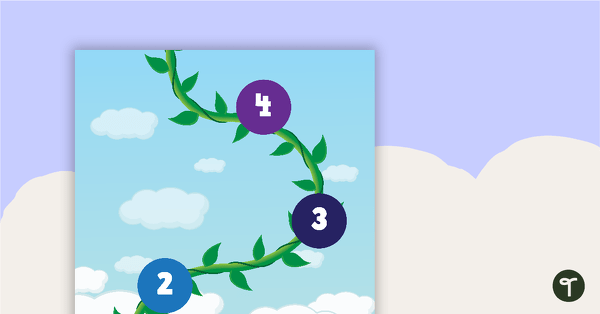
Class Reading Level Display 1-30 - Beanstalk
A classroom display that allows students to see their current reading level and set their target reading level.
- Plus Plan
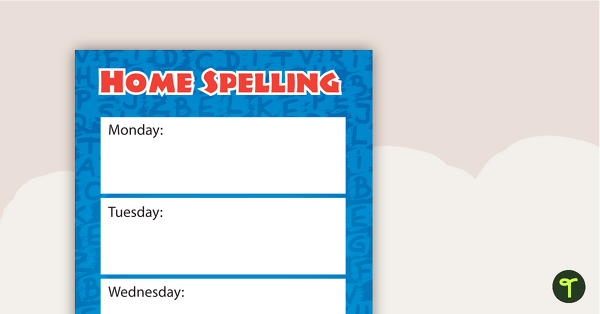
Home Spelling Poster
A poster to show your students what activity to complete each night using their spelling words.
- Plus Plan
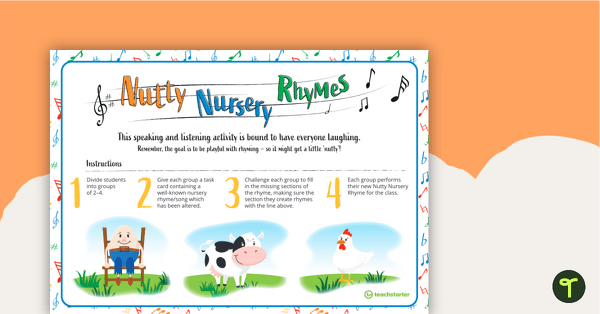
Nutty Nursery Rhymes Speaking and Listening Activity
A set of eight nursery rhyme cards which have been modified for a speaking activity.
- Plus Plan

Large Rainbow Alphabet Flags - Lowercase
Colourful flags displaying the alphabet.
- Plus Plan
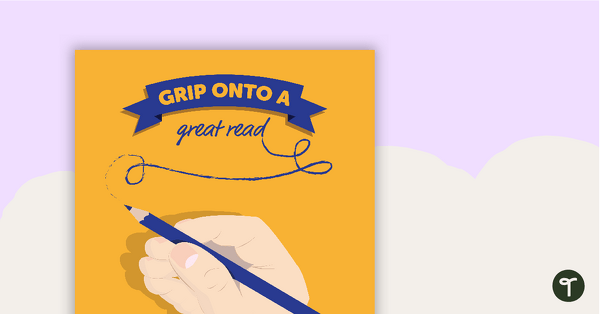
Pencil Themed - Book Report Template and Poster
A fun pencil themed poster with 3 book report templates to use when responding to literature.
- Plus Plan
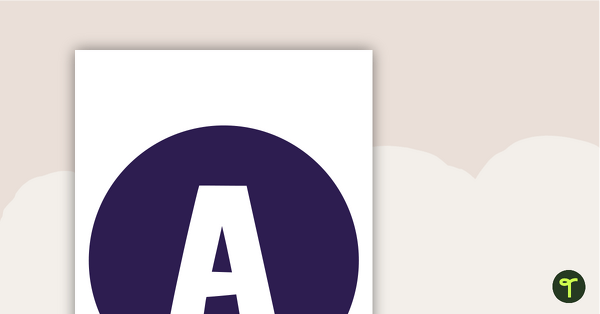
Coloured Dots - Letter, Number And Punctuation Set
A coloured dot letter, number and punctuation set to use in your classroom.
- Plus Plan
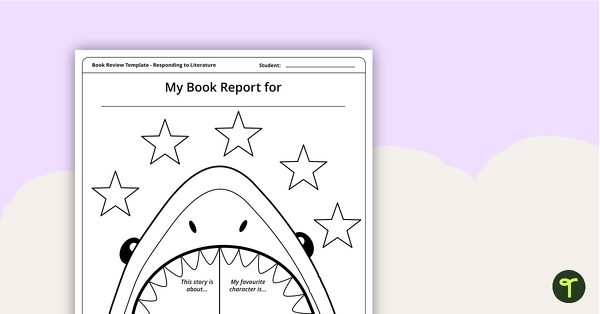
Shark Themed - Book Report Template and Poster
A fun shark themed poster with 3 book report templates to use when responding to literature.
- Plus Plan
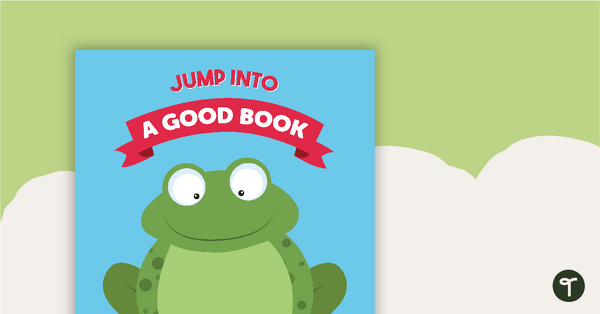
Frog Themed - Book Report Template and Poster
A fun frog themed poster with 3 book report templates to use when responding to literature.
- Plus Plan

Detective Themed - Book Report Template and Poster
A fun detective themed poster with 3 book report templates to use when responding to literature.
- Plus Plan
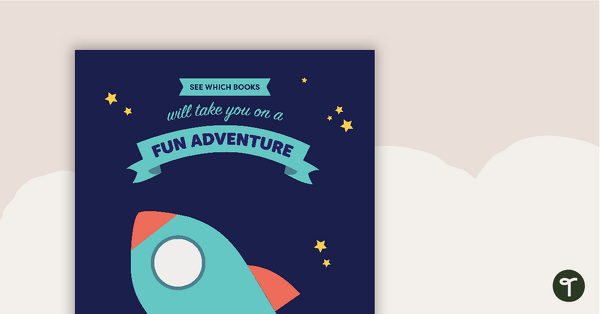
Rocket Themed - Book Report Template and Poster
A fun rocket themed poster with 3 book report templates to use when responding to literature.
- Plus Plan
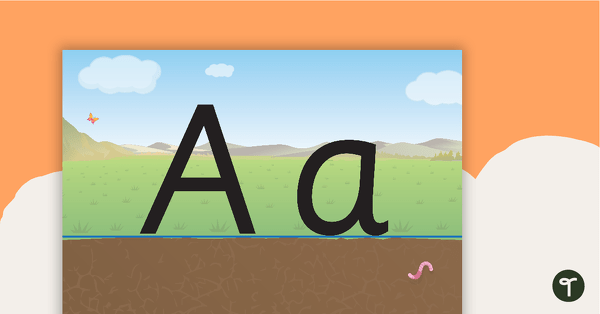
Handwriting Posters - Dirt, Grass and Sky Background
Handwriting posters using a dirt, grass and sky background.
- Plus Plan
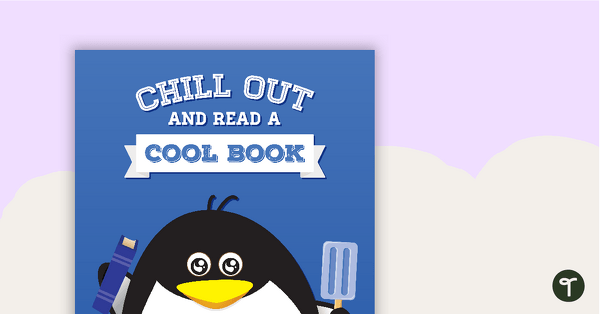
Penguin Themed - Book Report Template and Poster
A fun penguin themed poster with 3 book report templates to use when responding to literature.
- Plus Plan
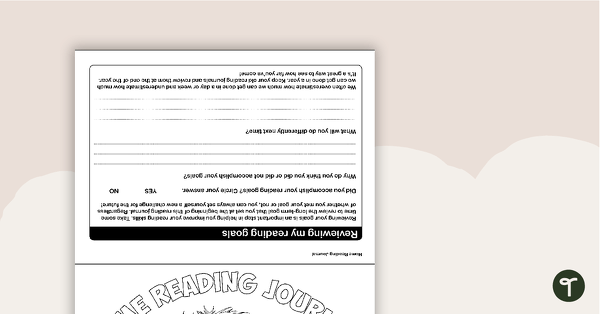
Home Reading Journal - BW
A journal for your students to keep track of their home reading.
- Plus Plan
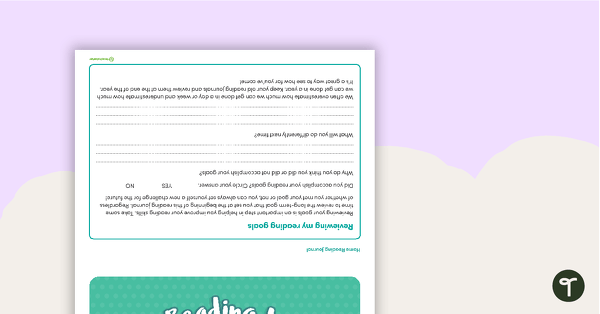
Home Reading Journal Template
A journal for your students to keep track of their home reading.
- Plus Plan
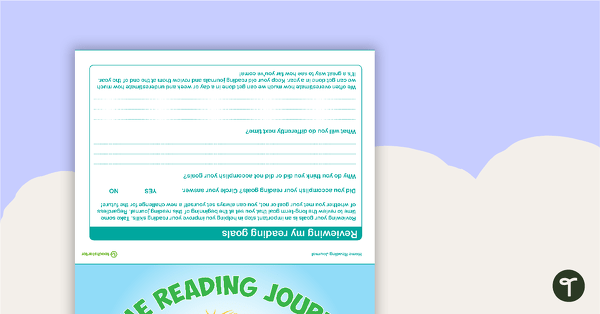
Home Reading Journal - Teal
A journal for your students to keep track of their home reading.
- Plus Plan
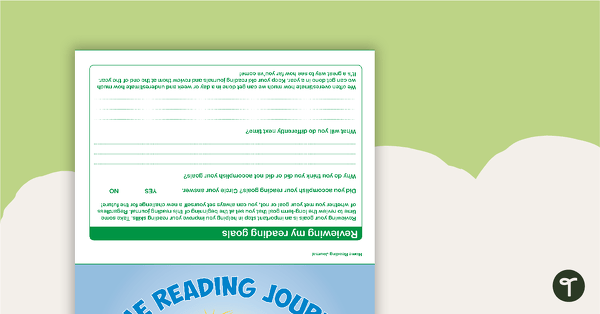
Home Reading Journal - Green
A journal for your students to keep track of their home reading.
- Plus Plan
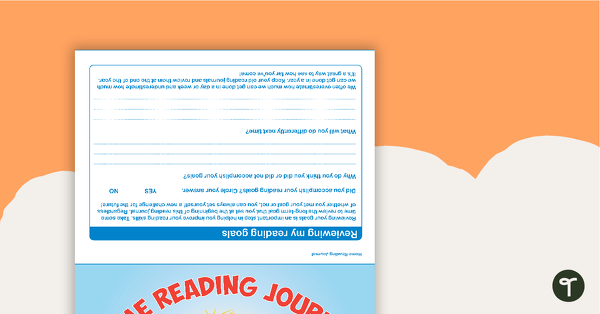
Home Reading Journal - Blue
A journal for your students to keep track of their home reading.
- Plus Plan
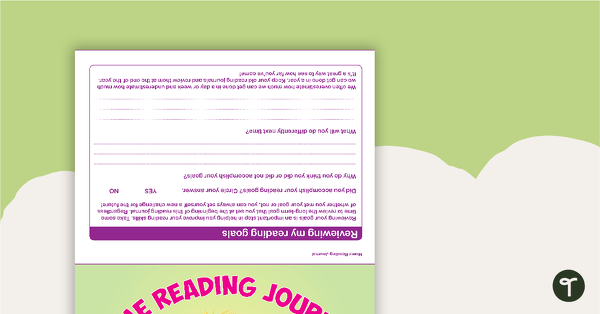
Home Reading Journal - Purple
A journal for your students to keep track of their home reading.
- Plus Plan
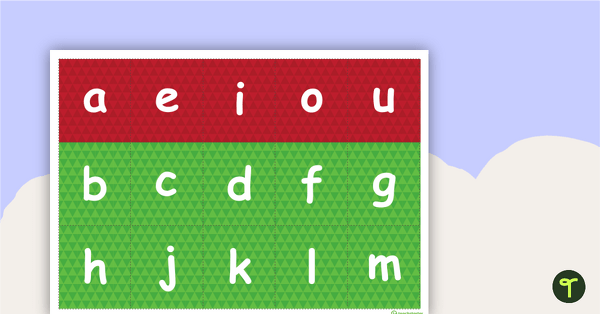
CVC Letters
A sheet of letters to use when making CVC words.
- Plus Plan
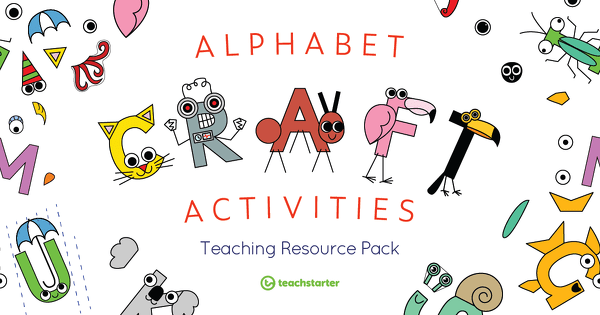
Alphabet Craft Activities Teaching Resource Pack
A collection of activities to assist young students with letter recognition, phonemic awareness and fine motor development from A to Z.
- Plus Plan

A-Z Letter Formation – Handwriting Practice Video
Get your littlest learners to form their letters correctly with this set of handwriting practice videos for every letter from A to Z!
- Plus Plan
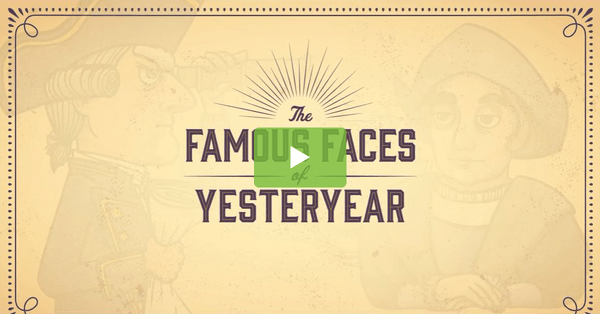
The Famous Faces of Yesteryear – Interviewer Skills Video
Teach your students how to interview someone with this engaging video exploring the life of Sir Edmund Hillary.